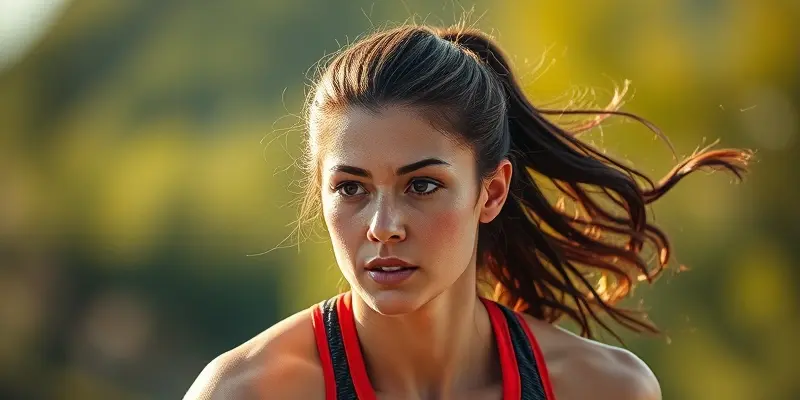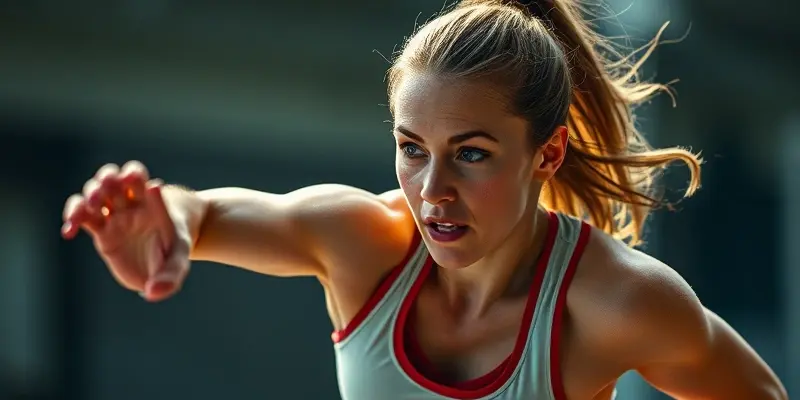Diversity in Endurance Sports: Why It Matters for Recovery and Injury Prevention
Endurance sports are for everyone. From the high school cross-country runner to the seasoned ultra-marathoner, athletes of all backgrounds lace up every day to test their limits. But despite this worldwide appeal, there’s a hidden truth: diversity in endurance sports remains limited, especially when it comes to race, ethnicity, and access. Today, we’ll explore why inclusion matters—not just for participation, but for safer, healthier recovery and injury prevention for all.
Why Diversity in Endurance Sports Matters
Diversity isn’t just a buzzword. It’s about who gets to show up, compete, and feel welcome in the running, cycling, and triathlon communities. True diversity covers:
- Age (athletes from their twenties through their eighties)
- Gender (men, women, non-binary identities)
- Race and ethnicity (people of color, minority communities)
- Socioeconomic status and geography
Consider this: If only certain groups are represented, sports miss out on talent, stories, and innovations—and individuals lose access to the health and wellness benefits endurance sports bring.
Where Are the Gaps? Demographic Realities and Participation Barriers
Here’s what the numbers and stories reveal:
- In U.S. and U.K. events, Black, Asian, and other minority groups are underrepresented compared to their share of the general population.
- Financial hurdles (entry fees, equipment costs), cultural mismatches, and concerns over safety or belonging often block the path for minority athletes.
- Female participation has grown—women now make up close to 39% of multi-marathoners—but gender variant/non-conforming athletes still comprise only 0.1%.
Real-world example:
A talented runner from a low-income background may never access coaching, gear, or recovery tools. A Black cyclist may avoid certain training routes out of safety concerns. These aren’t just stories; they’re missed opportunities.
How Barriers Affect Injury Risk and Recovery
Here’s where diversity ties directly into health. All athletes face risks of injuries, like stress fractures, tendonitis, or muscle strains. But:
- Access to Prevention Resources: Underrepresented groups often have limited access to education on injury prevention, safe training environments, or physical therapy.
- Healthcare Disparities: Delays in care—or lacking access altogether—hinder proper injury management.
- Mental Health Challenges: Feeling isolated, unwelcome, or unsafe adds stress, which can slow down recovery and reduce resilience.
Practical example:
Imagine two injured runners: one with a supportive club, health insurance, and access to rehabilitation; the other without. Their road to recovery is not the same.
Strategies for Inclusive Recovery and Injury Prevention
How can all endurance athletes—regardless of background—recover better and prevent downtime? Here’s what works:
- Community-Based Injury Education: Clubs and gyms should offer open, beginner-friendly workshops in diverse neighborhoods.
- Accessible Rehab Tools and Nutrition: Look for recovery gear and nutrition plans that consider different budgets and cultural diets.
- Peer Support Networks: Find (or start!) online groups that reflect your identity—race, gender, ability—to share advice and encouragement.
- Promote Visible Role Models: Share stories of diverse athletes’ recoveries. Representation matters for both inspiration and practical learning.
- Cultural Competency in Coaching: Coaches and support staff should get training to understand and meet the needs of all athletes, not just the majority.
Building a More Inclusive Future in Endurance Sports
Here’s what can move the needle for athletes, clubs, and coaches:
- Advocate for inclusive race policies: scholarships, safe spaces, and outreach to underrepresented communities.
- Celebrate diversity by featuring a variety of athletes on social media and in marketing.
- Establish mentorship programs where experienced athletes support newcomers from all backgrounds.
- Push for more research on injury and recovery within diverse populations to inform best practices.
Conclusion: Small Steps, Big Impact—Start Today
Diversity is not just about fairness—it’s about creating a healthier, more vibrant endurance community for all. Whether you’re a runner, cyclist, coach, or club, you have the power to shape this landscape. Reach out, share your journey, and help build pathways for everyone to recover stronger and return to sport—because every athlete’s health matters.
What does your club or team do to support inclusion and healthy recovery? Share your stories in the comments and let’s inspire change, together.
About the Author:
Written by the GymPulse lead content writer and fitness expert with over 10 years’ experience helping athletes recover, perform, and thrive—regardless of where they start.

